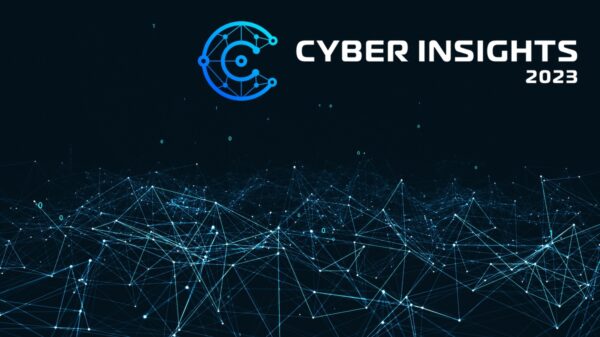Cisco on Wednesday published more than a dozen security advisories describing vulnerabilities in various products. Two of the flaws affecting Videoscape Distribution Suite for Television (VDS TV) and Identity Services Engine (ISE) have been rated high severity.
VDS TV, formerly known as Content Delivery System for Television, is a virtual video infrastructure solution that allows service providers to deliver, store and stream video content to subscribers. The ISE is a network security product used in the healthcare, telecommunications, financial, manufacturing, retail and education sectors, including by organizations such as the United Nations, Virgin Media, AT&T, and J. C. Penney.
The security hole in VDS TV, CVE-2017-6745, exists in the product’s cache server and it allows a remote, unauthenticated hacker to cause a denial-of-service (DoS) condition on the targeted appliance by sending it large amounts of inbound traffic.
“The vulnerability is due to excessive mapped connections exhausting the allotted resources within the system. An attacker could exploit this vulnerability by sending large amounts of inbound traffic to a device with the intention of overloading certain resources. A successful exploit could cause the device to reload, resulting in a DoS condition,” Cisco said in its advisory.
The vulnerability, for which there are no workarounds, has been addressed by Cisco with the release of TV Streamer Application 4.6(1).
The weakness affecting ISE, CVE-2017-6747, exists in the product’s authentication module and it allows a remote attacker to bypass authentication, and possibly get super admin privileges on the ISE administration portal.
“The vulnerability is due to improper handling of authentication requests and policy assignment for externally authenticated users. An attacker could exploit this vulnerability by authenticating with a valid external user account that matches an internal username and incorrectly receiving the authorization policy of the internal account,” Cisco explained.
Cisco ISE, ISE Express and ISE Virtual Appliance running versions 1.3, 1.4, 2.0.0, 2.0.1 or 2.1.0 are affected. A fix for the vulnerability is included in versions 1.4.0 patch 11, 2.0.0 patch 5, 2.0.1 patch 5, and 2.1.0 patch 2. Version 2.2.x is not impacted.
Both of these high severity flaws were discovered internally and there is no evidence of exploitation for malicious purposes.
Related: Cisco Warns of Serious Flaws in IOS Software
Related: Apple, Cisco Partner to Improve Cyber Insurance Policies
Related: Cisco Fixes Critical Flaws in Ultra, Elastic Services Products















